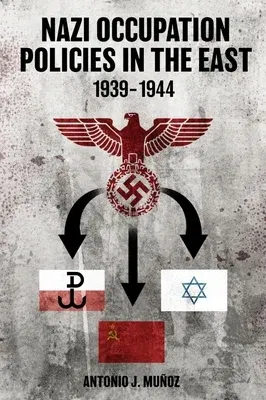When Adolf Hitler ordered the invasion of Poland in 1939, he was
following a plan which he had outlined many years earlier in Mein Kampf.
Hitler's dream of creating Lebensraum--living space--for the German
people required the conquest of the East: Poland. In 1941, the Führer
expanded that goal further with the invasion of the Soviet Union. By the
fall of 1941, almost 85 million Soviet citizens--nearly half the
population--were living under German occupation, while in Poland, the
Germans ruled about 34 million Poles.
The people who lived in these eastern regions of Europe were considered
Untermensch, subhuman, by the Nazi racial theorists. The policies which
the Third Reich imposed on these mostly Slavic peoples in the East
therefore, were meant to terrorize and subjugate about 119 million human
beings. The eventual goal was to exterminate the Jewish population, but
also to wipe out a large portion of the larger population, either
directly by killing them, or indirectly by starving and working them to
death. In this way, the Nazis would create the available land for German
colonization that Hitler decreed was necessary.
This comprehensive study covers German rule in Poland, the Baltic
States, Belorussia, Ukraine, and Russia, looking at the formations and
locations of the German occupation forces, as well as describing the
rise of resistance to that occupation. It includes a full analysis of
the policies that the Nazis employed in their attempt at empire building
in the East, and the causes for its failure.

